PJ-34
- CAS NO.:344458-15-7
- Empirical Formula: C17H17N3O2HCl
- Molecular Weight: 0
- MDL number: MFCD28142667
- SAFETY DATA SHEET (SDS)
- Update Date: 2024-11-19 23:02:33

What is PJ-34?
Description
PJ-34 HCl (344458-15-7) is a potent and selective inhibitor of PARP1 and 2. EC50 = 20 nM.1?Reduces ischemia reperfusion injury in a mouse model.2 Displays anti-inflammatory effects in a transient focal cerebral ischemia mouse model.3 PJ-34 HCl causes PARP1 independent, p21 dependent mitotic arrest.4
The Uses of PJ-34
A poly adenosine diphosphate-ribose polymerase inhibitor, attenuates chromate-induced nephrotoxicity. PJ-34 has a lethal effect on breast cancer cells, both in vitro and in vivo, in particular on breast cancer MCF-7.
The Uses of PJ-34
PJ-34 hydrochloride hydrate has been used:
- as a poly(ADP-ribose) polymerase (PARP) inhibitor 1 in rats to test the effect of PAPR1 in neuropathic pain
- as a component of protein extraction buffer to enable visualization of the high-molecular-weight smear of PARylated proteins in various cell samples
- as PARP inhibitor in murine MLE-12 epithelial cell line
What are the applications of Application
PARP Inhibitor VIII, PJ34 is a potent and cell-permeable inhibitor of PARP
Definition
ChEBI: PJ34 hydrochloride is a hydrochloride salt prepared from equimolar amounts of PJ34 and hydrochloric acid. It has a role as an angiogenesis inhibitor, an anti-inflammatory agent, an antiatherosclerotic agent, an antineoplastic agent, an apoptosis inducer, a cardioprotective agent, an EC 2.4.2.30 (NAD(+) ADP-ribosyltransferase) inhibitor and a neuroprotective agent. It contains a PJ34(1+).
General Description
A cell-permeable, water-soluble phenanthridinone-derivative that acts as a potent inhibitor of poly(ADP-ribose) polymerase (PARP; EC50 = 20 nM). Shown to be about 10,000 times more potent than the prototypical PARP inhibitor, 3-Aminobenzamide (Cat. No. 165350; EC50 = 200 μM). Does not act as an antioxidant at higher concentrations (1 μM to 10 mM). Exhibits neuroprotection in in vivo and in vitro models of stroke. Also available as a 20 mM solution in H2O(Cat. No. 528151).
Biological Activity
Potent inhibitor of poly(ADP-ribose) polymerase (PARP) (EC 50 = 20 nM). ~ 1000-fold more potent than 3-Aminobenzamide . Protects primary neuronal cells from oxygen-glucose deprivation in vitro and reduces infarct size following focal cerebral ischemia in vivo .
Biochem/physiol Actions
Cell permeable: yes
storage
+4°C
References
1) Pellicciari et al. (2008), On the way to selective PARP-2 inhibitors. Design, synthesis, and preliminary evaluation of a series of isoquinolinone derivatives; Chem. Med. Chem., 3 914 2) Crawford et al. (2010), Postischemic poly (ADP-ribose) polymerase (PARP) inhibition reduces ischemia reperfusion injury in a hind-limb ischemia model; Surgery, 148 110 3) Haddad et al. (2006), Anti-inflammatory effects of PJ34, a poly(ADP-ribose) polymerase inhibitor, in transient focal cerebral ischemia in mice; Br. J. Pharmacol., 149 23 4) Madison et al. (2011), The PARP inhibitor PJ34 causes a PARP1-independent, p21 dependent mitotic arrest; DNA Repair, 10 1003
Properties of PJ-34
| storage temp. | Keep in dark place,Inert atmosphere,Store in freezer, under -20°C |
| solubility | H2O: soluble22mg/mL |
| form | White solid |
| color | white to yellow |
| Sensitive | Light Sensitive & Hygroscopic |
| Stability: | Stable for 2 years from date of purchase as supplied. Solutions in DMSO or distilled water may be stored at -20° for up to 3 months. |
Safety information for PJ-34
Computed Descriptors for PJ-34
New Products
4-Fluorophenylacetic acid 4-Methylphenylacetic acid N-Boc-D-alaninol N-BOC-D/L-ALANINOL Tert-butyl bis(2-chloroethyl)carbamate 3-Morpholino-1-(4-nitrophenyl)-5,6-dihydropyridin- 2(1H)-one Furan-2,5-Dicarboxylic Acid Tropic acid S-2-CHLORO PROPIONIC ACID ETHYL ISOCYANOACETATE 2-Bromo-1,3-Bis(Dimethylamino)Trimethinium Hexafluorophosphate (6-METHYL-[1,3]DITHIOLO[4,5-b]QUINOXALIN-2-ONE INDAZOLE-3-CARBOXYLIC ACID 4-IODO BENZOIC ACID (2-Hydroxyphenyl)acetonitrile 4-Bromopyrazole 5,6-Dimethoxyindanone 2-(Cyanocyclohexyl)acetic acid 4-methoxy-3,5-dinitropyridine 2-aminopropyl benzoate hydrochloride 1-(4-(aminomethyl)benzyl)urea hydrochloride diethyl 2-(2-((tertbutoxycarbonyl)amino) ethyl)malonate tert-butyl 4- (ureidomethyl)benzylcarbamate Ethyl-2-chloro((4-methoxyphenyl)hydrazono)acetateRelated products of tetrahydrofuran
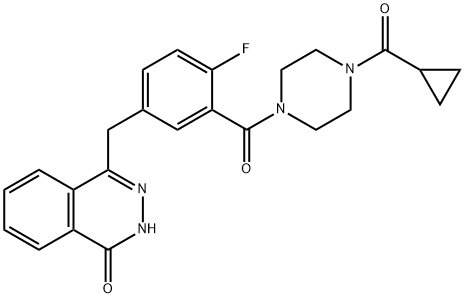

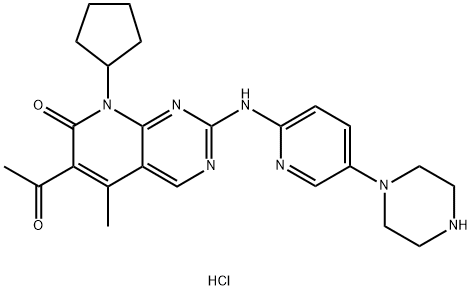

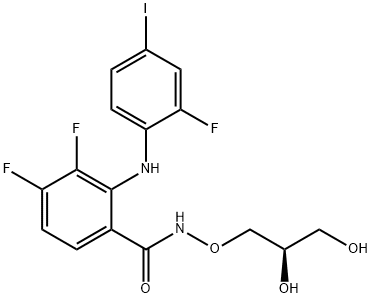
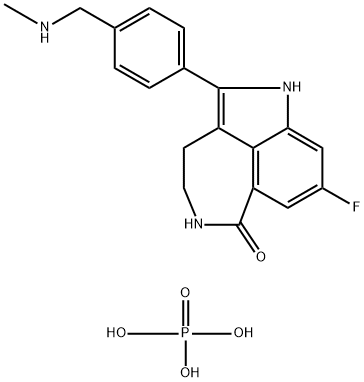
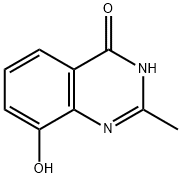

You may like
-
 PJ-34 hydrochloride hydrate CAS 344458-15-7View Details
PJ-34 hydrochloride hydrate CAS 344458-15-7View Details
344458-15-7 -
 PARP Inhibitor VIII, PJ34 CAS 344458-15-7View Details
PARP Inhibitor VIII, PJ34 CAS 344458-15-7View Details
344458-15-7 -
 PARP Inhibitor VIII, PJ34 CASView Details
PARP Inhibitor VIII, PJ34 CASView Details -
 1975-50-4 98%View Details
1975-50-4 98%View Details
1975-50-4 -
 2-HYDROXY BENZYL ALCOHOL 98%View Details
2-HYDROXY BENZYL ALCOHOL 98%View Details
90-01-7 -
 2-Chloro-1,3-Bis(Dimethylamino)Trimethinium Hexafluorophosphate 221615-75-4 98%View Details
2-Chloro-1,3-Bis(Dimethylamino)Trimethinium Hexafluorophosphate 221615-75-4 98%View Details
221615-75-4 -
 14714-50-2 (2-Hydroxyphenyl)acetonitrile 98+View Details
14714-50-2 (2-Hydroxyphenyl)acetonitrile 98+View Details
14714-50-2 -
 118753-70-1 98+View Details
118753-70-1 98+View Details
118753-70-1